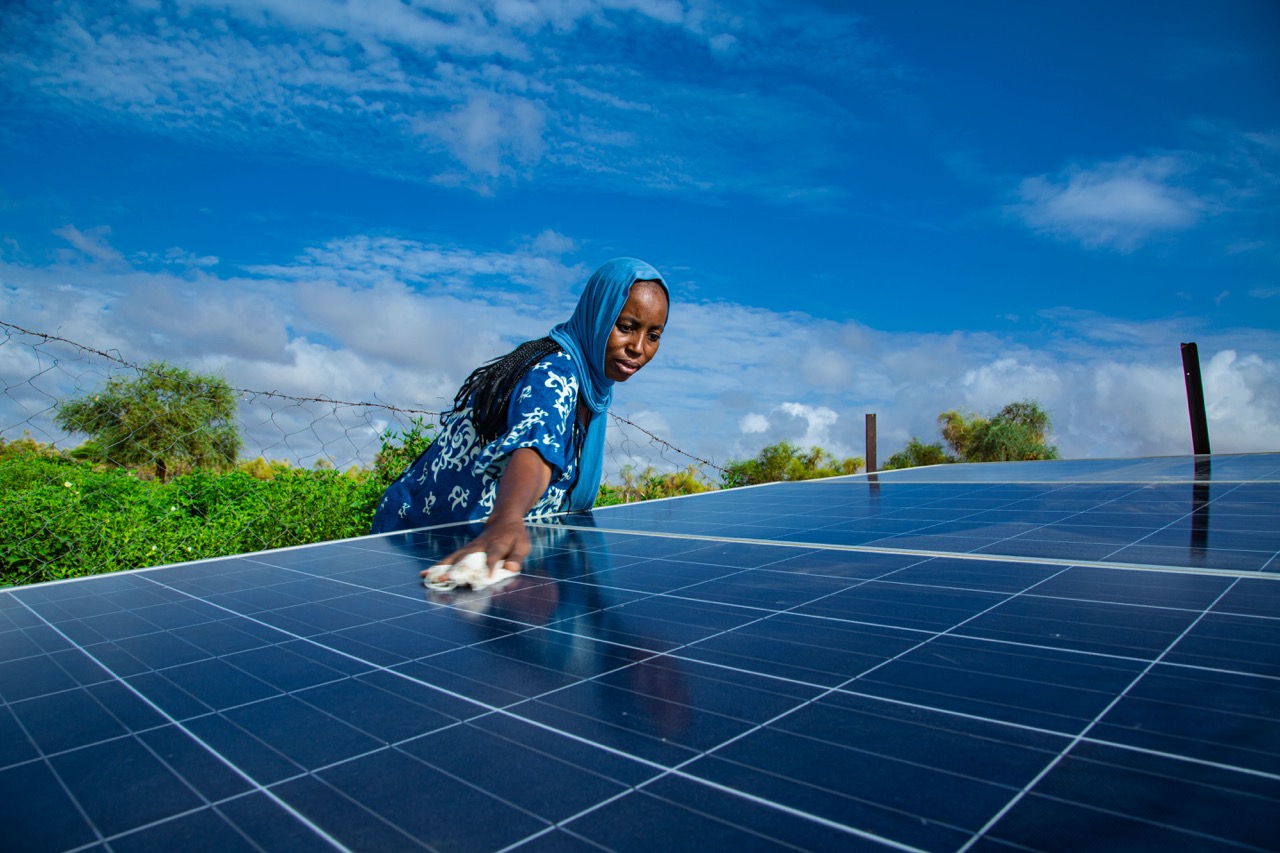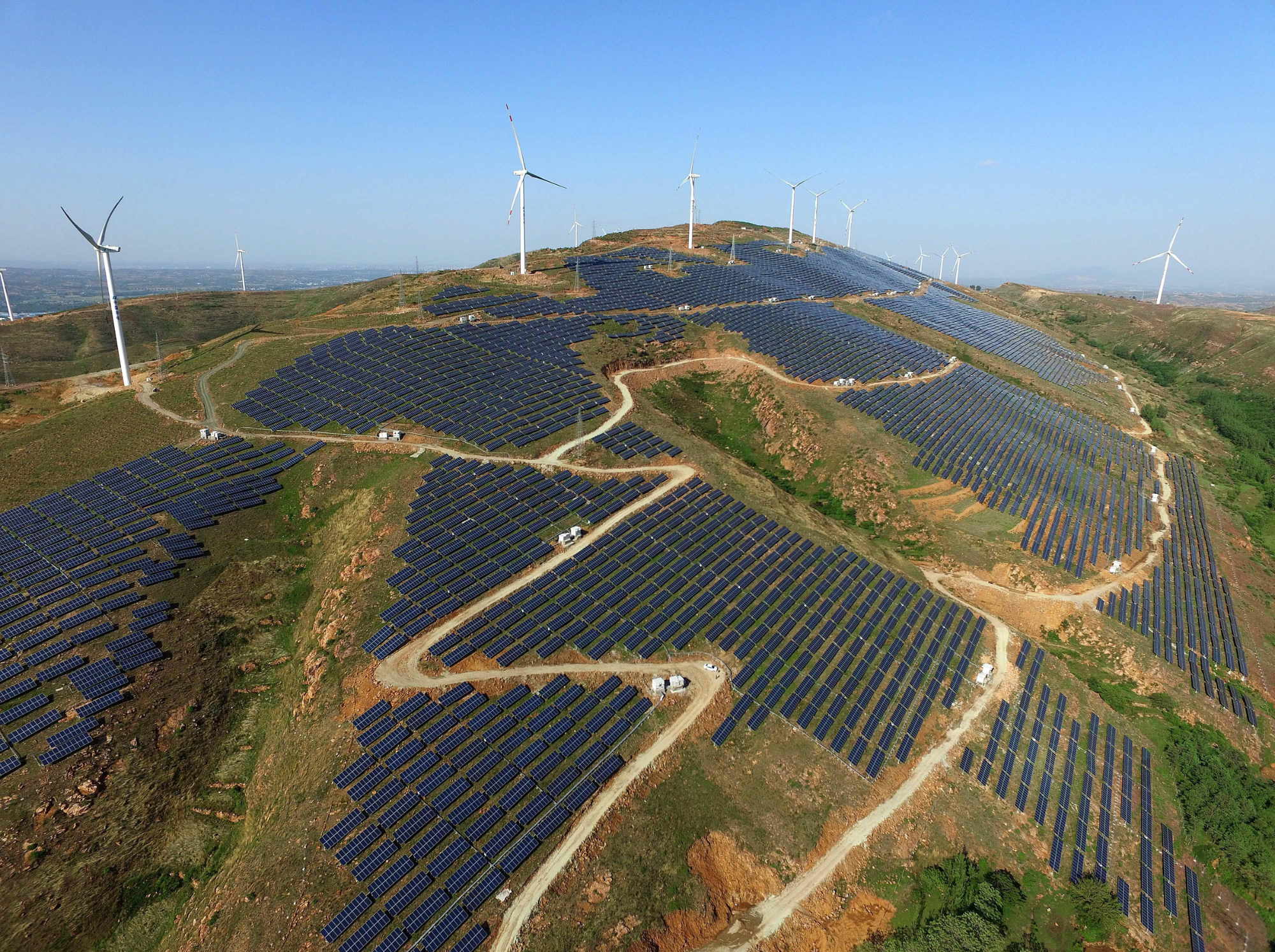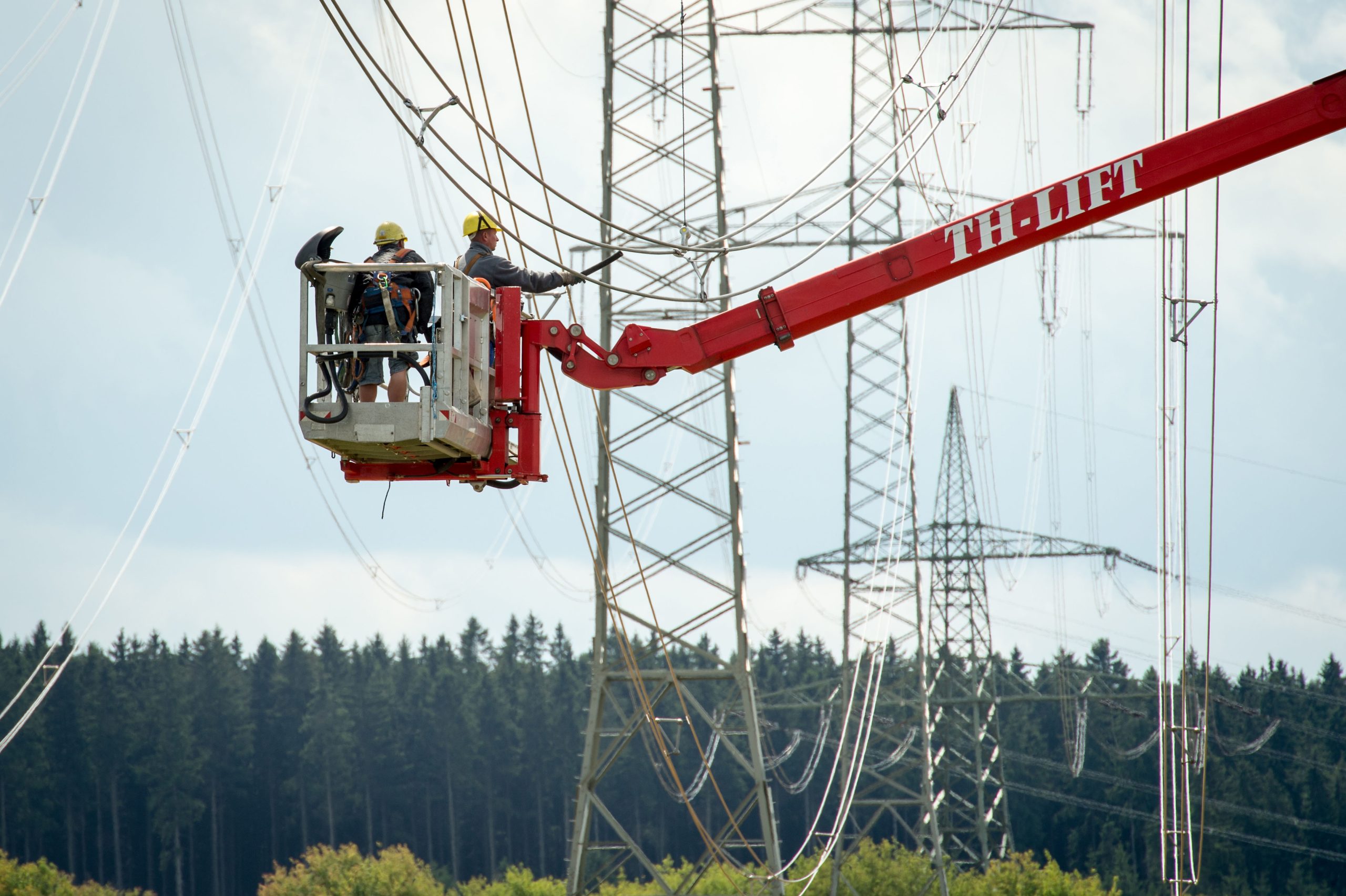
Africa
Electricity access remains an urgent problem across the continent
Anchor point: Overview
Highlights
25% of Africa’s electricity was generated from clean sources last year, below the global average of 39%.
Africa has 18% of the world’s population but generates just 2% of the world’s electricity. The vast majority of people who live without access to electricity are found in sub-Saharan Africa. For those that do have access, power supplies are unreliable and use per person is far lower than the global average.
Africa has low dependence on fossil fuels in its power sector and has avoided the increase in coal generation which has accompanied Asia’s electricity demand boom. In fact, many African countries are coal-free, with South Africa – home to 83% of Africa’s coal generation – being the notable exception. There are minimal plans for new coal power plants in Africa, with only a handful of additional projects likely to be commissioned across the entire continent.
After experiencing very slow electricity demand growth over the last decade, Africa’s electricity use fell by 0.7%% in 2023, in contrast to an increase of 4.8% in Asia. However, clean electricity is expanding at an even slower rate. Renewables met only a third of Africa’s electricity demand growth in the last five years – the remaining two-thirds were met with fossil gas.
There has long been a high dependence on fossil gas in northern Africa, and this is now becoming increasingly common in other African countries. Reliance on expensive fossil gas burdens economies, when Africa has abundant renewable energy resources. Despite being the sunniest continent, Africa’s share of solar generation was only 3% in 2023.
To limit global temperature rise to 1.5C, South Africa will need to rapidly transition away from coal power, and northern African countries will need to reduce their legacy gas power generation. For the rest of Africa, where power sector emissions are minimal, the biggest challenge will be to build enough clean electricity to meet growing electricity demand and to avoid using expensive gas as a ‘bridge’ for the electricity transition. This has been successfully achieved in Kenya already, with wind, solar, and geothermal power entirely meeting its demand growth since 2018.
Anchor point: Data
Anchor point: Insights
Latest insights



